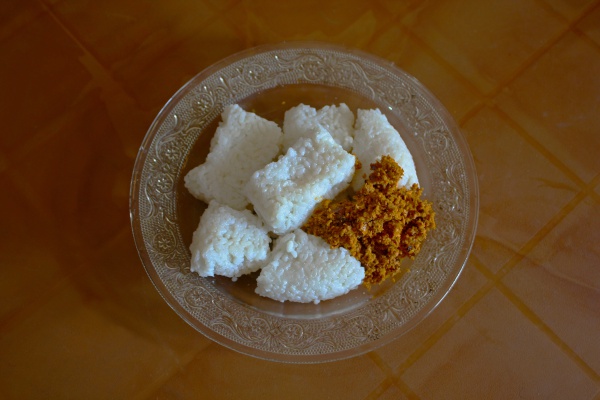Facts About Kiribath
Kiribath is a cherished traditional dish in Sri Lanka, made by cooking rice with coconut milk until it forms a cake-like or pudding-like consistency. This dish holds a special place in Sri Lankan culture and is often enjoyed for breakfast on the first day of each month or during significant life events. In Sinhala, "kiribath" combines the words "kiri" (milk) and "bath" (rice).
Although the exact origins of Kiribath remain somewhat obscure, it is distinctly Sri Lankan. According to legend, Sujata offered Kiribath to Gautama Buddha before his enlightenment under the Bodhi Tree. Today, it is a staple in Sri Lankan households, enjoyed by people from all walks of life.
Kiribath is especially prominent during Sinhalese holidays and ceremonies, symbolizing new beginnings. It plays a central role during the Sinhalese New Year, serving as the first meal of the year shared among family. You will also find Kiribath at weddings, as a baby's first solid food, and at various other ceremonies.
To make Kiribath, you typically use white short-grain rice, thick coconut milk, water, and a pinch of salt. The type of rice is crucial for achieving the right texture, traditionally opting for a variety known for its sticky consistency and neutral flavor. The rice is cooked, then coconut milk is added, and the mixture is allowed to set before being cut into blocks. Kiribath is often served with Lunu miris (a spicy onion relish) or Seeni sambol (a sweet and spicy onion relish).
There are also delicious variations of Kiribath, such as Mung Kiribath, made with green gram, and Imbul Kiribath, a sweet version filled with coconut and jaggery and rolled in a banana leaf. Kiribath is more than just a dish; it is a symbol of tradition, culture, and celebration in Sri Lankan society.

 India
India